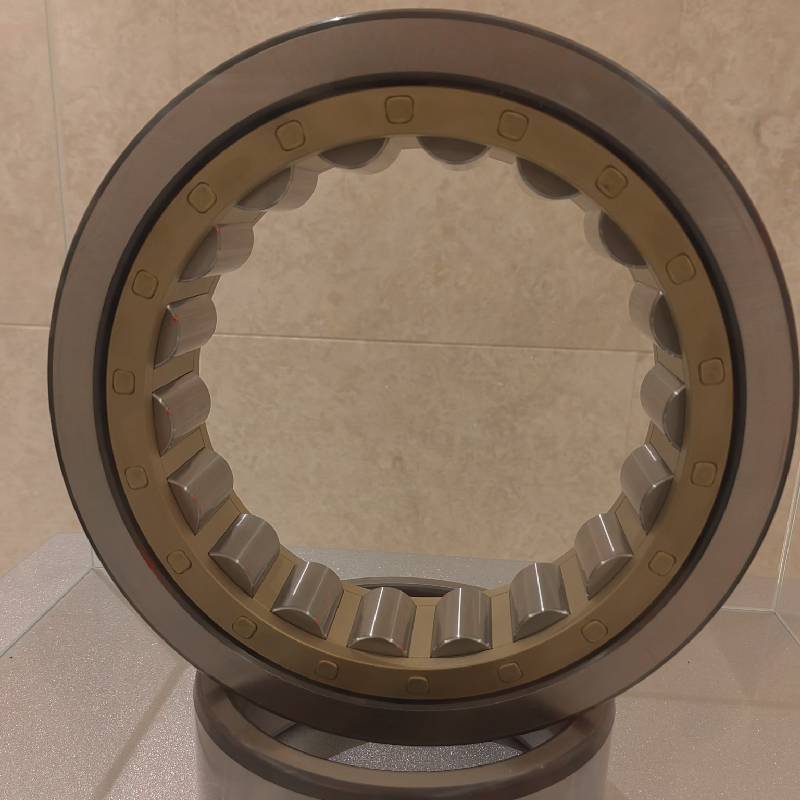
ធ្នូ . 15, 2024 16:38 Back to list
Thrust Bearing Size Guide for Needle Roller Applications and Specifications
Understanding Needle Roller Thrust Bearings A Comprehensive Size Chart Guide
Needle roller thrust bearings are specialized roller bearings that accommodate axial loads in machines while maintaining minimal space. These bearings comprise several needles, which are slender cylindrical rollers, allowing them to be particularly effective in applications with restricted radial space. To maximize their utility, knowing the sizes and specifications of needle roller thrust bearings is crucial. This article will delve into essential aspects of needle roller thrust bearings, focusing on a size chart and its practical implications.
What are Needle Roller Thrust Bearings?
Needle roller thrust bearings differ from traditional bearing types in design and function. They are designed to reduce friction between moving parts and handle high axial loads efficiently. These bearings are particularly beneficial in applications where space is restricted because their construction allows for a greater load-carrying capacity with a smaller overall size.
Needle roller thrust bearings typically consist of two main components the thrust plate, which serves as the raceway for the needles, and the needles themselves, which are arranged parallel to each other and the load direction. This configuration helps distribute the load evenly across the bearing surface.
Importance of Size Charts
Understanding the size chart of needle roller thrust bearings is fundamental for selection and application. The size chart provides critical dimensions, such as the outer diameter (OD), inner diameter (ID), height, and load capacity. This data is crucial for engineers and maintenance professionals when choosing the right bearing for a specific application.
A well-structured size chart allows users to quickly identify the appropriate bearing size based on their machine's parameters. Not only does this information facilitate proper selection, but it also aids in ensuring the longevity and effectiveness of the bearing in various operational conditions.
Key Parameters in the Size Chart
1. Inner Diameter (ID) This dimension must match the shaft size where the bearing will be installed. A precise fitting is essential to avoid excess play and unsatisfactory performance.
2. Outer Diameter (OD) The OD of the needle roller thrust bearing should be compatible with the housing. Proper fitting here ensures stability and load distribution.
needle roller thrust bearing size chart

3. Height (or Thickness) This measurement defines the bearing's thickness. The height can influence the load capacity and the overall performance of the bearing.
4. Dynamic Load Rating (C) This value reflects the bearing’s ability to carry loads while in motion. Higher ratings indicate a higher capacity for dynamic loads.
5. Static Load Rating (Co) This rating indicates how much load the bearing can withstand when stationary. Knowing this value is crucial for applications that may experience sudden load changes.
6. Maximum Speed Every bearing has a maximum operating speed. Exceeding this limit can lead to failure due to overheating or excessive wear.
Practical Applications
Needle roller thrust bearings are widely used in various industries, including automotive, aerospace, and manufacturing. They are commonly found in applications such as
- Automotive Transmissions Managing thrust loads in gearboxes and differential systems. - Industrial Machinery Supporting axial loads in mills, presses, and other heavy machinery. - Aerospace Components Employed in systems where space and weight are at a premium, such as actuators and control surfaces.
Selecting the right needle roller thrust bearing requires careful consideration of these parameters as per the size chart. Making an informed choice can prevent premature bearing failures and reduce maintenance costs.
Conclusion
Needle roller thrust bearings play a pivotal role in various machinery applications, making understanding their sizing and specifications essential. By referencing a well-organized size chart, engineers and technicians can ensure the right bearing selection, which fosters improved machine performance, efficiency, and longevity. Always consider factors such as inner and outer diameter, height, load ratings, and maximum speed to make the best choice for your specific application. Whether in automotive, aerospace, or industrial settings, the right needle roller thrust bearing can significantly impact operational success.
Latest news
-
Grooved Ball Bearing Design and Functionality
NewsJun.04,2025
-
Concrete Mixer Bearing Load Capacity Testing
NewsJun.04,2025
-
6004 Bearing Dimensions in Robotic Joint Designs
NewsJun.04,2025
-
Advantages of Single-Row Deep Groove Ball Bearings
NewsJun.04,2025
-
Applications of Deep Groove Ball Bearings in Automotive Systems
NewsJun.04,2025
-
Innovations in Bearing Pressing Machine Design
NewsJun.04,2025
